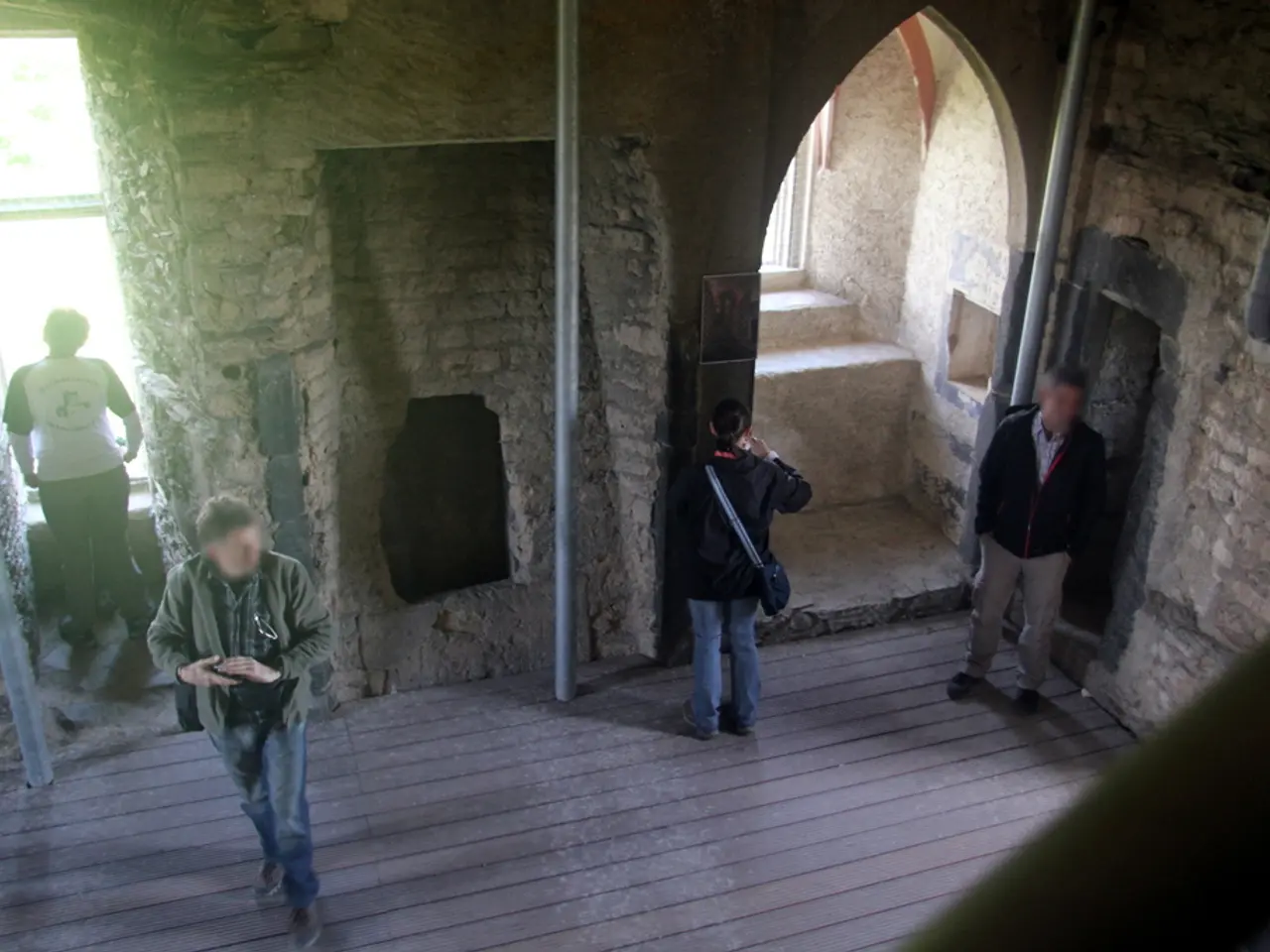Exploration of Hidden Underground Phenomena in Kampot, Cambodia: Activities and Sightseeing Attractions
In the picturesque region of Kampot, Cambodia, lies a hidden gem for travellers seeking a quieter kind of discovery - the cave temples. These sacred spaces, including Phnom Chhngok, Phnom Kampong Trach, and Phnom Srei, offer a powerful sense of place and a glimpse into the rich cultural history of the area [1][2][3].
Phnom Chhngok Cave Temple stands out as the most notable. Dating back to the 7th century, this ancient Hindu temple is nestled within a limestone cave, about 8 km northeast of Kampot [4][5]. It represents an important example of ancient Khmer spiritual architecture and offers insights into the spiritual practices of the ancient Khmer civilization [1][3].
Phnom Chhngok houses a pre-Angkor brick temple dedicated to the Hindu god Shiva, showcasing early brickwork and carvings that reflect spiritual devotion and skilled craftsmanship. The temple also contains later Buddhist shrines and carvings, illustrating its continued religious significance over centuries [1][3].
While other caves in the region may hold historical relevance, Phnom Chhngok stands apart for its temple structure and archaeological value. Nearby sites, such as caves used as shelters during the Khmer Rouge period, are distinct from the ancient temple cave [2].
Just a short drive from Kampot, Phnom Sorsia is another fascinating destination. This Buddhist hill complex features limestone caves, including the White Elephant Cave with its stalagmite shaped like an elephant's head, and Bat Cave, home to a large population of bats [6]. A staircase ascends the hillside to the temple, with paths leading to the caves from there. The lush greenery, distant rice fields, and resident monkeys make Phnom Srei an accessible escape from the bustle of city life [7].
The nearby Kampong Trach cave network is a geological wonder and a site of cultural significance. It includes partially submerged sections, allowing visitors to explore by boat through calm, clear waters [8].
These cave temples around Kampot highlight the spiritual value placed on nature and the intersection of nature and sacred space in Cambodian history [1][3].
For those planning a visit, the best time to explore Kampot is during the dry season, from November to February. The closest airport to Kampot is Phnom Penh International Airport (PNH), which is about a 3-hour drive away [9].
Rising visitor numbers have contributed to erosion, worn paths, and damage to delicate cave formations at many cave temples, so it's essential to tread lightly and respect these ancient sites [10].
References:
- Lonely Planet
- Cambodia Travel
- Kampot Travel Guide
- Phnom Chhngok Cave Temple
- Cambodia Travel
- Phnom Sorsia
- Phnom Srei
- Kampong Trach Cave Network
- Phnom Penh International Airport
- Cambodia Daily
- Visitors of Phnom Chhngok Cave Temple, a hidden gem in Kampot, can delve into the rich spiritual history of the area by exploring its pre-Angkor brick temple dedicated to the Hindu god Shiva and its later Buddhist shrines.
- After experiencing the ancient beauty of Phnom Chhngok, travelers may wish to visit Phnom Sorsia, another fascinating destination nearby, which offers limestone caves, lush greenery, and a unique opportunity to witness a stalagmite resembling an elephant's head.




